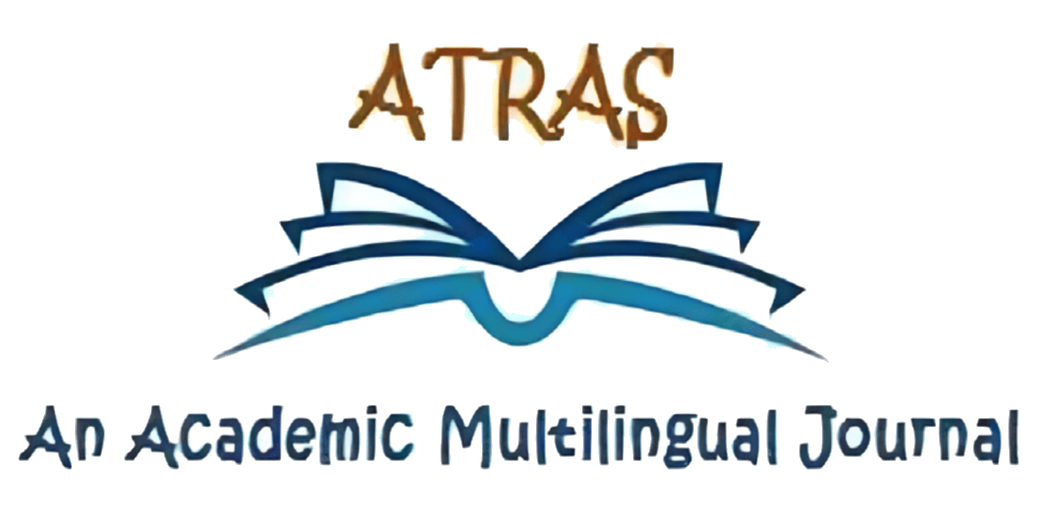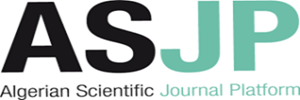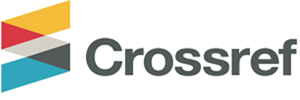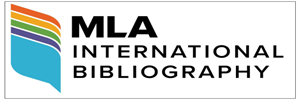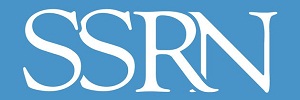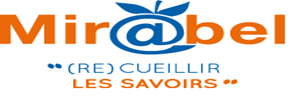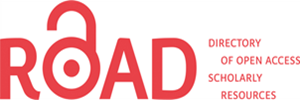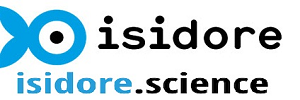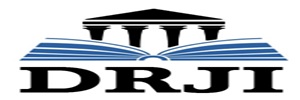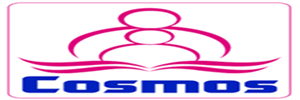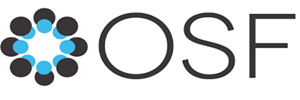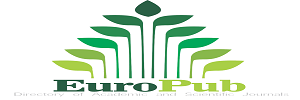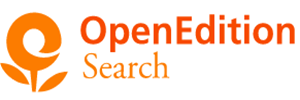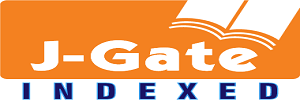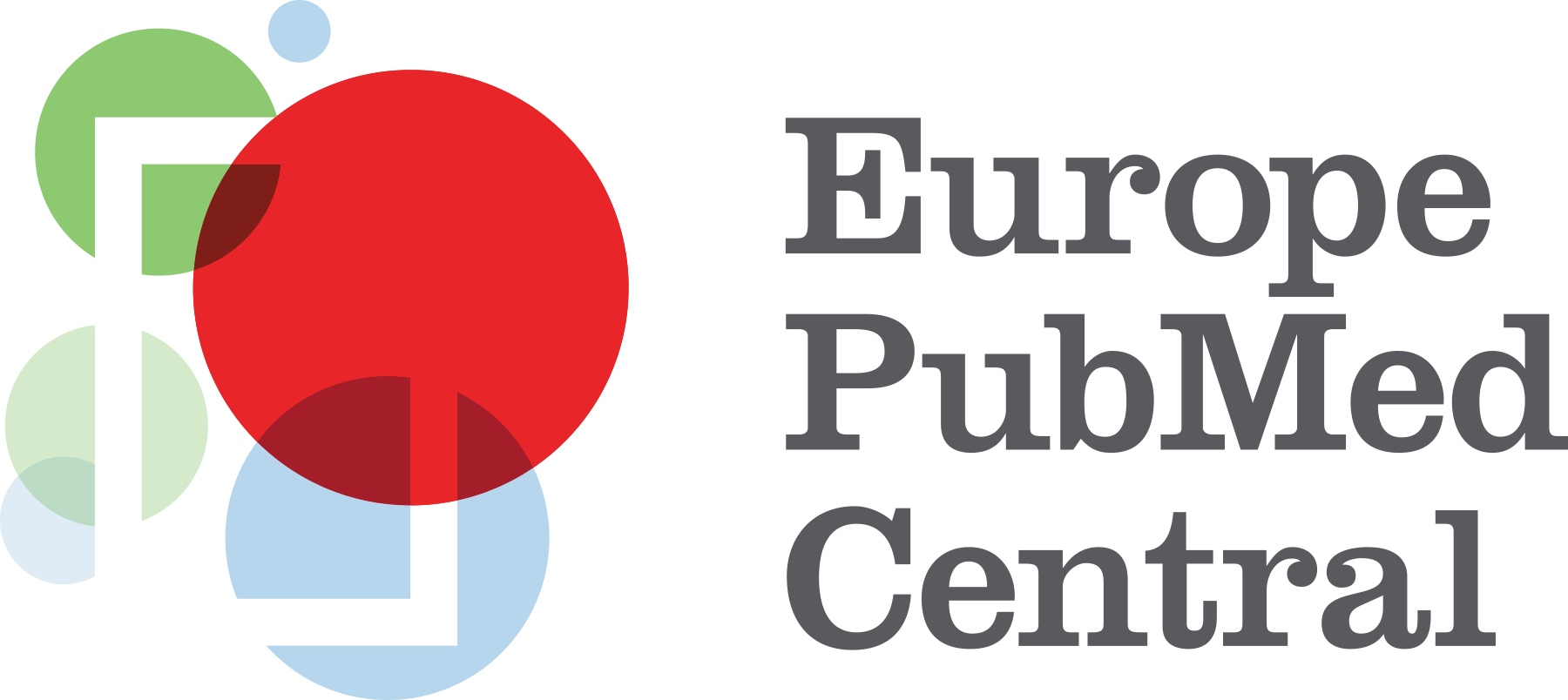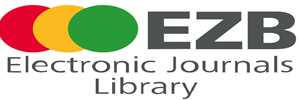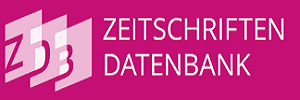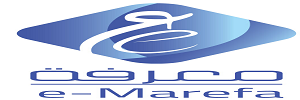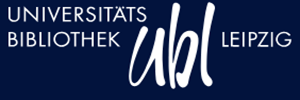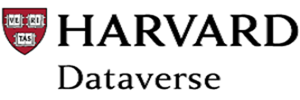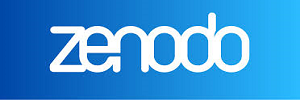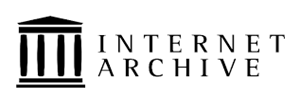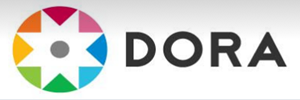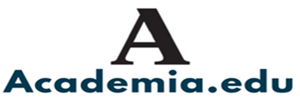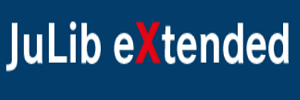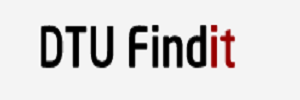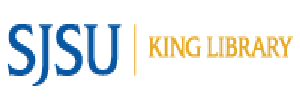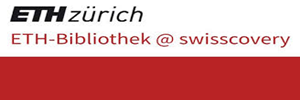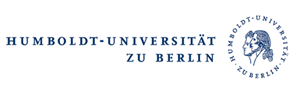Title:
The voices of otherness in the language of Nabile FARÈS
Les voix de l’altérité dans le langage faresien
Michele BEVILACQUA
Université de Salerne
Abstract
The importance of searching for common values, accepting the right to be different, the right to criticism, giving the right to singular histories, old and new languages, which make it possible to reduce injustices and promote gender equality, to allow otherness to express itself and to promote what is essential: This is the aim of Nabile FARES, a polyhedral French-speaking Algerian writer who, in his literary career, has several times questioned the role of the other in relation to himself, using a very colorful language to give an “open” image of differences, as in the case of his work “ L’exil au feminine”. In our contribution we have sketched a discursive portrait of the language used in that book to analyze the way in which FARÈS approaches the role of women in the Algerian socio-cultural context, transforming their otherness into a common vision.
Keywords:
Nabile FARÈS– women’s voices.
How to Cite this Paper:
Bevilacqua, M. (2022). Les voix l’altérité dans le langage faresien. Atras Journal, 2(1), 6-20
References
Achour, C. (1990). Anthologie de la littérature algérienne de langue française. ENAP/Bordas.
Anokhina, O., Davaille, F., & Sanson, H. (2014). Mythes et réalités de l’écriture. Les écrivains plurilingues et francophones savent-ils écrire ? Continents manuscrits, 2, 1 – 9.
Bakhtine, M. (1978).Esthétique et théorie du roman. Gallimard.
Bakhtine, M. (1998).La Poétique de Dostoïevski. Seuil.
Bres, J., & Rosier, L. (2008). Réfractions : polyphonie et dialogisme, deux exemples de reconfigurations théoriques dans les sciences du langage francophones.Slavica Occitania, Association Slavica Occitania, 25(25), 238-251.
Cheikhi, B. (1998). Maghreb en textes. Écriture, histoire et esthétique. L’Harmattan.
Chevalier, K. (2005).Nabile Farès au miroir de l’absent. Cahiers de l’Association internationale des études françaises, 57, 365-376.
Chikhi, B., Lazali, K., & Chibani, A. (2019) Nabile Farès. Un Passager entre la lettre et la parole.Koukou.
Chikhi, B. (1997).Nabile Farès : d’un Exil au féminin. « Poème d’Orient et d’Occident.Littérature algérienne. Désir d’histoire et esthétique. L’Harmattan.
Farès, N. (1992).À propos de la modernité. Kateb Yacine et la modernité textuelle. OPU.
Farès, N. (1986).L’exil au féminin. Poème d’Orient et d’Occident. L’Harmattan.
Farès, N. (2012).Liberté francophone. Les voyages et découvertes littéraires de BeïdaChikhi.Douaire-Banny, A. (Dir.). Isthmes francophones du texte aux chants du monde. Presses de l’Université Paris-Sorbonne.
Farès, N. (1974).Mémoire de l’Absent, Le Seuil.
Kristéva, J. (1970).Introduction à la poétique de Dostoïevski de M. Bakhtine, Éd. Seuil.
Lafon, M. (1997) Pour une poétique de la forme brève. América : Cahiers du CRICCAL, n°18 tome 1.
Maingueneau. D. (2016).Analyser les textes de communication. Armand Colin.
Maingueneau, D. (2017).Discours et analyse du discours. Armand Colin.
Mazaleyrat, J. (2016).Éléments de métrique française. Armand Colin.
Moeschler, J.,Auchlin, A. (2018), Introduction à la linguistique contemporaine.Armand Colin.
Noyray, J. (1996), Littératures francophones. Le Maghreb. Éd. Belin Sup.
Paissa, P. (2015), L’hyperbole, une ‘figure dérivée’ par excellence : revue des procédés rhétoriques d’hyperbolisation. Tranel, 61-62.
Pretceille, M. A. (2011).La pédagogie interculturelle entre multiculturalisme et universalisme. Lingua rumarena, vol. 2.
Roche, A. (1976).Sur l’œuvre de Nabile Farès. L’acceptabilité d’un discours politique : Nabil Farès, en marge des pays en guerre. Annuaire de l’Afrique du Nord, vol. XV.
Tylkowski, I. (2011). La conception du dialogue » de Mikhaïl Bakhtine et ses sources sociologiques (l’exemple des Problèmes de l’œuvre de Dostoïevski [1929]). Cahiers de praxématique 57, Montpellier,Pulm.
Zemmouri, M. (2005), La passion de l’altérité chez l’écrivain Nabil Farès. Éthiopiques. Revue socialiste de culture negro-africaine, 75, 2ème semestre

Copyright for all articles published in ATRAS belongs to the author. The authors also grant permission to the publisher to publish, reproduce, distribute, and transmit the articles. ATRAS publishes accepted papers under the Creative Commons Attribution-NonCommercial 4.0 International (CC BY-NC 4.0) License. Authors submitting papers for publication in ATRAS agree to apply the CC BY-NC 4.0 license to their work. For non-commercial purposes, anyone may copy, redistribute material, remix, transform, and construct material in any media or format, provided that the terms of the license are observed and the original source is properly cited.
